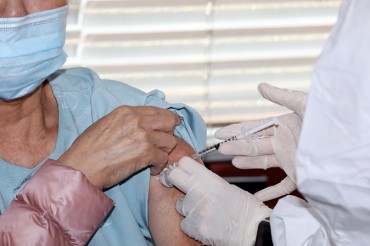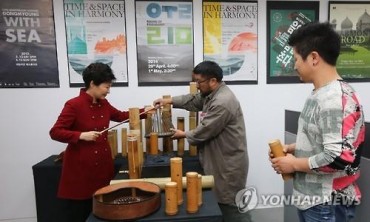
It has been understood that the main reason behind a drastic drop in the labor force is the declining economically active population, which refers to people between the ages of 15 and 64. (Image: Kobiz Media)
SEOUL, Aug. 11 (Korea Bizwire) — A new report from the Bank of Korea claims South Korea will begin facing labor force shortages in 10 years in the face of an aging population, with the economically active population expected to plunge 13 percent by 2050.
According to the report released by Lee Cheol-hee, an economics professor at Seoul National University and Lee Ji-eun, a researcher at the Economic Research Institute of the Bank of Korea on Thursday, in 10 to 15 years, the labor force shortage will become serious, with the economically active population, total employment and working hours dropping to 87, 88, and 83 percent of the current figures.
It has been understood that the main reason behind a drastic drop in the labor force is the declining economically active population, which refers to people between the ages of 15 and 64.
If the argument set forward by the report is true, and provided the labor supply curve remains similar to the level from 2016, the economically active population of 28.11 million as of last year could drop to 24.49 million by 2050, costing the South Korean economy 3.62 million workers.
Data from Statistics Korea also shows the current working age population, which is estimated to be 37.6 million, is also on a sharp downward path, reaching 25.9 million by 2050, down 30 percent.
However, the report argued the labor shortage won’t emerge for another 10 to 15 years, when the low birth rate starting in 2002 will start to have an impact on South Korea society.
While the report identified the social services, public administration, national defense and manufacturing industries as the most likely to take a hit with an aging population, it also argued appropriate government policy could cushion the damage, particularly by encouraging economic participation from the elderly and women, and tackling youth unemployment.
“To prepare for labor shortages, measures to help and support childbirth and childcare, foreign workers, and effective hiring policy for mature age and female workers need to be pursued,” the report said.
Ashley Song (ashley@koreabizwire.com)






